Everything You Need to Know About moving head beam lights
- Everything You Need to Know About moving head beam lights
- Introduction: Why moving head beam lights matter for productions
- What are moving head beam lights and how they differ from other fixtures
- Core components and technology inside moving head beam lights
- Key specifications to evaluate when buying moving head beam lights
- Typical specification ranges and a comparison table for decision-making
- LED engines vs discharge lamps: cost, color, and maintenance
- Comparison: LED moving head beams versus discharge moving heads
- How to choose the right moving head beam lights for your venue
- Installation, rigging, and control best practices
- Maintenance, firmware, and lifecycle management to maximize uptime
- Energy, ROI, and budgeting considerations for buyers
- Certifications, safety, and warranty considerations
- Why choose LQE as your moving head beam lights supplier
- Conclusion: Selecting moving head beam lights that deliver results
- Sources and references
- Frequently asked questions
Everything You Need to Know About moving head beam lights
Introduction: Why moving head beam lights matter for productions
moving head beam lights are a cornerstone of modern stage design and live events. Whether you produce stadium concerts, TV broadcasts, theater shows, or nightclub events, the right moving head beam lights deliver dramatic aerial effects, razor-sharp shafts of light, and dynamic movement that define the visual identity of a performance. For production managers and buyers, understanding technical specs, installation needs, and total cost of ownership is critical when evaluating lighting options. LQE, founded in 2008 and headquartered in Foshan, China, specializes in middle- and high-end digital stage lighting, bringing decades of manufacturing experience and product innovation to this category.
What are moving head beam lights and how they differ from other fixtures
moving head beam lights are intelligent luminaires that combine a high-intensity light source with precise pan and tilt movement, narrow beam optics (often between 1.5 and 6 degrees), and special effects such as prisms, gobos, and rotating color wheels. Unlike wash lights that evenly illuminate a wide area, beam lights create focused, parallel shafts of light intended to cut through haze and produce visible beams. This makes them ideal for long-throw applications and visual accents on large stages.
Core components and technology inside moving head beam lights
Key elements define the performance of moving head beam lights: the light source, optics, motion mechanics, control electronics, and special-effect modules. Many modern units use high-power LED engines for efficient lumen output, while some high-end fixtures use multi-chip LEDs or hybrid LED/discharge designs. Optical systems include precision lenses and narrow-angle reflectors to achieve tight beams. Reliable stepper or servo motors provide fast and accurate pan/tilt movement, commonly offering ranges like 540 degrees pan and 270 degrees tilt. Control protocols such as DMX512, RDM, Art-Net, and sACN enable integration into complex shows.
Key specifications to evaluate when buying moving head beam lights
When selecting moving head beam lights, focus on specifications that directly affect visual impact and operational fit: beam angle, light source power, lumen output (or lux at a given distance), pan/tilt range and speed, zoom capability, gobo/prism options, control protocols, weight, and ingress protection if outdoors. These specs determine how the fixture will perform in your venue and how many units you will need to achieve the desired look.
Typical specification ranges and a comparison table for decision-making
Below is a practical comparison of common specification ranges found in professional moving head beam lights to help buyers match fixtures to venue size and use case.
| Specification | Small/Club | Mid-size/Theater | Large/Concert |
|---|---|---|---|
| Typical LED power | 150W to 300W | 300W to 600W | 600W to 1200W |
| Beam angle | 2° to 6° | 1.8° to 5° | 1° to 4° |
| Pan / Tilt | 540° / 270° | 540° / 270° | 540° / 270° |
| Gobos / Prisms | Fixed gobos, 3-facet prisms | Rotating gobos, 3–8 facet prisms | High-resolution rotating gobos, up to 8+ facet prisms |
| Weight | 12–25 kg | 20–35 kg | 30–60+ kg |
| Typical uses | Clubs, small stages | Theaters, corporate events | Outdoor concerts, arenas |
LED engines vs discharge lamps: cost, color, and maintenance
Historically, discharge (arc) lamps delivered extremely high brightness for beam fixtures. Today, high-power LED engines dominate for many buyers because of their efficiency, longer service life, lower maintenance, and better color control. Discharge sources still have advantages in raw peak intensity for some large-scale productions, but they require lamp replacements and additional service cost. Consider total cost of ownership and fixture uptime when comparing LED and discharge options.
Comparison: LED moving head beams versus discharge moving heads
The table below summarizes the practical trade-offs to consider when evaluating LED and discharge moving head beam lights for purchase.
| Factor | LED moving head beams | Discharge moving head beams |
|---|---|---|
| Energy efficiency | Higher efficiency, lower power draw | Lower efficiency, higher power draw |
| Maintenance | Low maintenance, long LED life (10,000–50,000 hours depending on rating) | Higher maintenance; lamps need replacement after rated hours |
| Initial cost | Competitive to higher upfront costs for High Quality models | Often lower initial cost for similar peak output |
| Peak intensity | Excellent for most applications, improving rapidly | Very high peak intensity, historically superior for ultra-long throw |
How to choose the right moving head beam lights for your venue
Selecting the correct moving head beam lights starts with defining the visual goal, venue size, and budget. For clubs and small stages, focus on compact fixtures with solid beam output and fast movement. For theaters and broadcast, prioritize color fidelity, quiet operation, and smooth dimming. For arenas and outdoor concerts, emphasize long-throw intensity, weather protection, and robust rigging points. Always match fixture beam angle and lumen output to throw distance and haze usage to achieve visible beams without over- or under-powering the stage.
Installation, rigging, and control best practices
Proper installation ensures safety and performance. Use certified clamps and safety bonds rated for fixture weight, calculate power distribution to avoid circuit overload, and ensure adequate ventilation or forced-air cooling for fixtures. For control, use DMX512 for straightforward setups and Art-Net/sACN for distributed networks. Implement RDM where possible for remote addressing and diagnostics. Pre-program key cues and check movement ranges to avoid collisions when fixtures are densely packed.
Maintenance, firmware, and lifecycle management to maximize uptime
Routine maintenance extends fixture life and reduces downtime. Clean optics and cooling paths on a scheduled basis, check motor performance and mechanical fixings, and update firmware when manufacturers provide stable releases. Plan spare parts inventory for fast swap-outs—spare fans, power supplies, and control boards reduce service interruption during a tour or festival. LQE offers OEM/ODM support and after-sales service options to help professional buyers manage lifecycle and spare parts needs.
Energy, ROI, and budgeting considerations for buyers
When budgeting for moving head beam lights, evaluate both upfront costs and long-term operating expenses. LED fixtures reduce power consumption and lamp-replacement costs, improving return on investment over time. Factor in installation labor, rigging hardware, dimmer or power distribution upgrades, and control system compatibility. LQE's production capabilities—10,000 square meters of production base and annual capacity for 100,000 lighting fixtures—help deliver competitive pricing and consistent supply for large projects.
Certifications, safety, and warranty considerations
Ensure fixtures comply with local and international safety standards such as CE, RoHS, and applicable electrical safety certifications for your market (for example, ETL or UL in North America if required). Verify IP rating if you plan outdoor deployments. Review manufacturer warranty terms and available service contracts; strong warranty coverage and accessible technical support reduce long-term risk for rental companies and permanent installations alike.
Why choose LQE as your moving head beam lights supplier
LQE has been developing and manufacturing stage lighting since 2008, focusing on middle- and high-end digital stage lighting solutions. With 80 national patents and a manufacturing base capable of producing 100,000 fixtures per year, LQE combines production scale with R&D strength. LQE aims to deliver high-quality, long-lasting fixtures that provide the best value and cost-effectiveness in the industry and supports OEM/ODM customization to meet specific production or branding requirements.
Conclusion: Selecting moving head beam lights that deliver results
Choosing the right moving head beam lights involves balancing visual goals, venue size, control complexity, maintenance capabilities, and budget. Prioritize beam angle and intensity for long-throw requirements, choose LED engines for lower operating costs and easier maintenance, and always verify rigging and safety compliance. Work with a manufacturer or supplier that provides transparent specifications, reliable after-sales support, and optional customization. LQE's experience, production scale, and patent-backed product portfolio make it a practical partner for lighting designers, rental companies, and production houses seeking professional moving head beam lights.
Sources and references
Listed sources and further reading used to inform this
- LQE company data and specifications (company founding, production base, patents, annual capacity)
- Illuminating Engineering Society (IES) guidance on stage lighting and beam application
- PLASA (Professional Lighting and Sound Association) technical resources and standards
- ETC and major lighting manufacturers' technical whitepapers on moving head fixtures and LED engine performance
- Industry market reports on stage lighting trends and LED adoption (example: industry market research firms covering professional lighting)
Frequently asked questions
What is the main difference between a beam and a wash moving head light?Beam moving heads produce a narrow, focused shaft of light with minimal diffusion, ideal for aerial effects and long throw. Wash lights create broad, even illumination to light actors or stage areas.
How do I determine how many moving head beam lights I need for a concert?Estimate based on venue size, throw distance, and desired beam density. Smaller stages may use 6–12 units, theaters 12–30 units, and large arenas 30+. Conduct a lighting plot and lux calculations for precise counts.
Are LED moving head beam lights bright enough for stadium shows?High-power LED moving head beams are capable of stadium-level output; however, for the most extreme long-throw needs, higher-power LED models or hybrid/discharge solutions may be selected. Always compare lux at distance in manufacturer specs.
What maintenance do moving head beam lights require?Regular cleaning of optics and cooling paths, checking motor function, updating firmware, and replacing worn fans or power supplies as needed. Keep spare critical parts for touring rigs.
Do moving head beam lights work with modern lighting control systems?Yes. Most professional moving head beam lights support DMX512 and many also support RDM, Art-Net, or sACN for networked control and remote management.
Can moving head beam lights be used outdoors?Yes, provided the fixture has an appropriate IP rating for weather exposure and proper protection of power and control connections. Use specialist outdoor-rated fixtures or weatherproof enclosures where required.
Why choose LQE as your led stage lights for sale supplier
The latest trends for stage lights in us 2026 | LQE Ultimate Insights
Integrating Moving Head Lights with Lighting Consoles
Top 10 spotlight stage lighting Manufacturers and Supplier Brands in us
Distributor
What types of companies can become LQE distributors?
We welcome partnerships with companies that have experience in the entertainment, AV, lighting, or stage equipment industries. Whether you are a local reseller, importer, system integrator, or project contractor, we are open to exploring win-win cooperation.
Do you offer OEM/ODM support for distributors?
Yes, as a professional OEM/ODM manufacturer, we support brand customization, including logo printing, packaging design, and even custom features based on project needs.
What are the advantages of becoming an LQE distributor?
Access to high-performance, patented lighting products
Competitive factory pricing and excellent profit margin potential
Strong R&D capabilities with 80+ national patents
Reliable production capacity: 100,000 units annually
Dedicated account manager to support your growth
1000w
What Kind of Certificates You Offer?
All kinds of certificates could be offered by LQE digital moving light factory, which depends on customer’s required, different pricing plan for different approval.
Do You Supply After-Sale Service?
LQE lighting offers 7x24 hrs systematic SOP customer support with dedicated personnel, ensuring quick and comprehensive assistance for stage lighting needs.
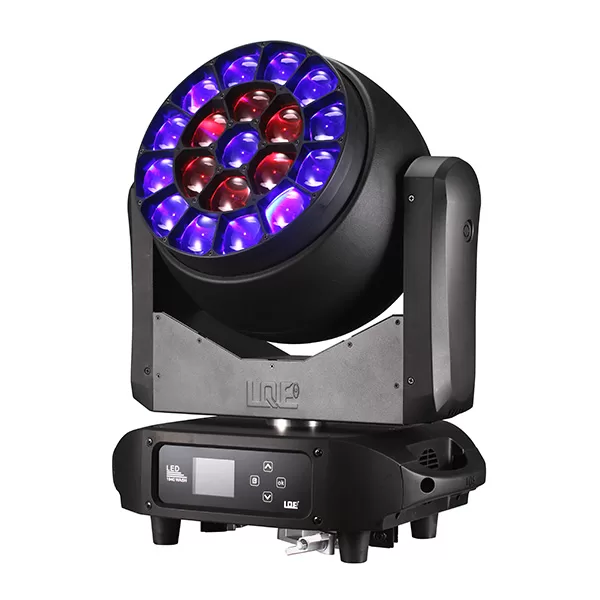
600w 19x40w RGBW Stage Moving Head Wash Light LW600 Zoom IP20
600W 19x40W LED RGBW Mulichips Moving Head Wash Lights with Zoom (5°–50°), Covering Large Range and Long Distance. IP20: Designed to deliver a 5°–50° ultra-large zoom range to achieve a greater wash effect, illuminating stages and events with stunning ring control lighting effects.
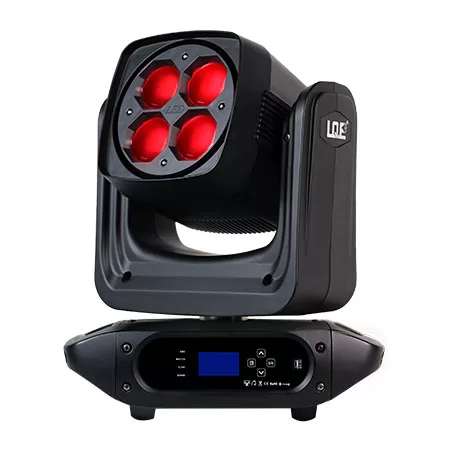
LED Moving Head Stage Wash Light LW200Z
The versatile moving head stage light provides a powerful lighting solution for theaters, concerts, and large outdoor performances. Suitable for theaters, TV stations, entertainment stages, and large outdoor performance scenes.
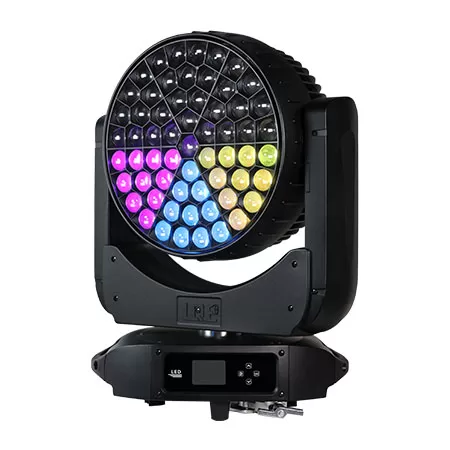
1000w 61x40w RGBW Stage Moving Head Wash Light LW1000
1000W 61x40W LED RGBW Mulichips Moving Head Wash Lights with Zoom (5°–50°), Covering Large Range and Long Distance. Designed to deliver a 5°–50° ultra-large zoom range to achieve a greater wash effect, illuminating stages and events with stunning lighting effects.
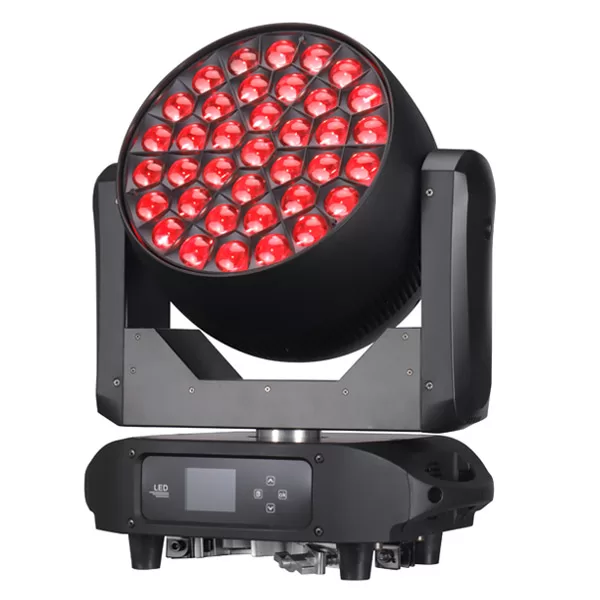
800w 37x40w RGBW Stage Moving Head Wash Light LW800
800W 37x40W LED RGBW Mulichips Moving Head Wash Lights with Zoom (5°-50°), Covering Large Range and Long Distance. Designed to deliver a 5°–50° ultra-large zoom range to achieve a greater wash effect, illuminating stages and events with stunning ring control lighting effects.

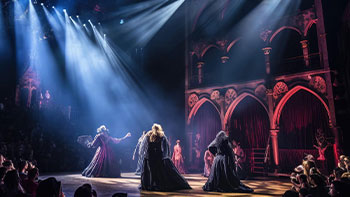
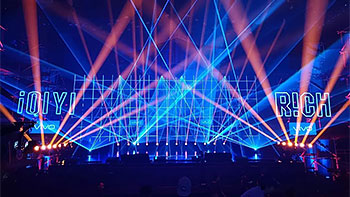
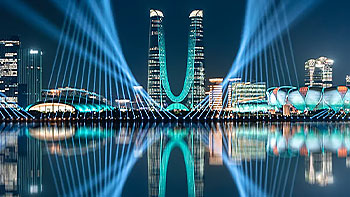
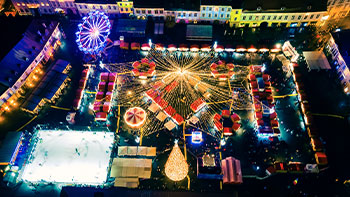
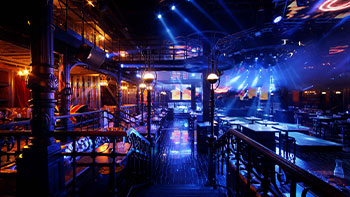
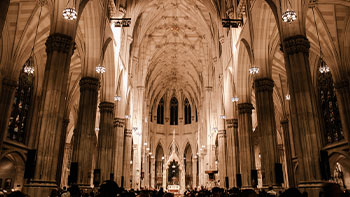






Linkedin
YouTube
Whatsapp: +8618924548390
TikTok